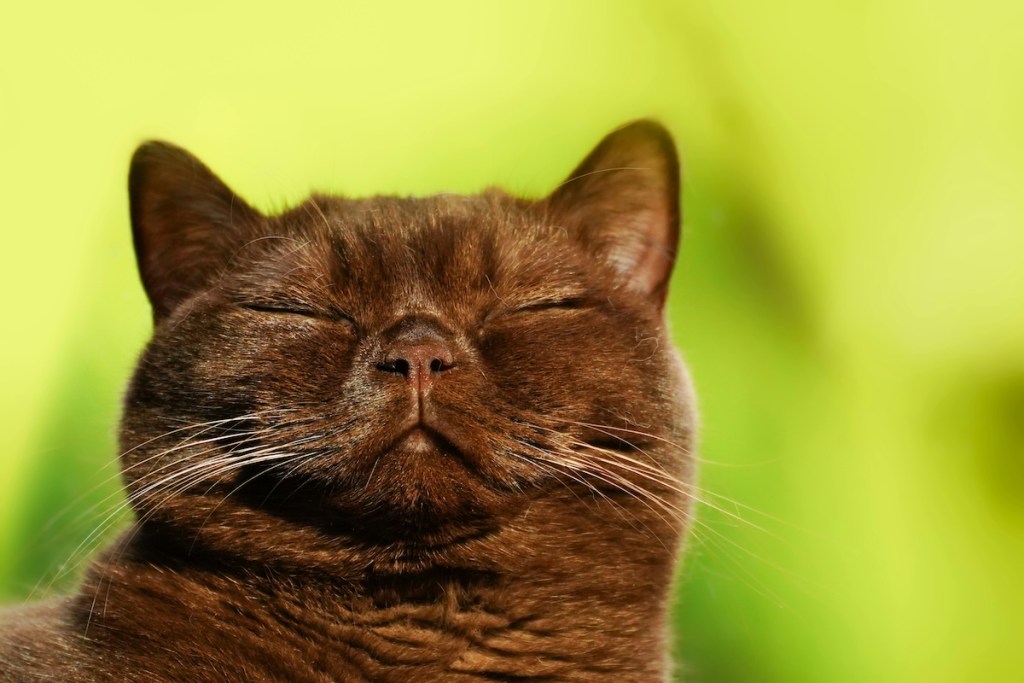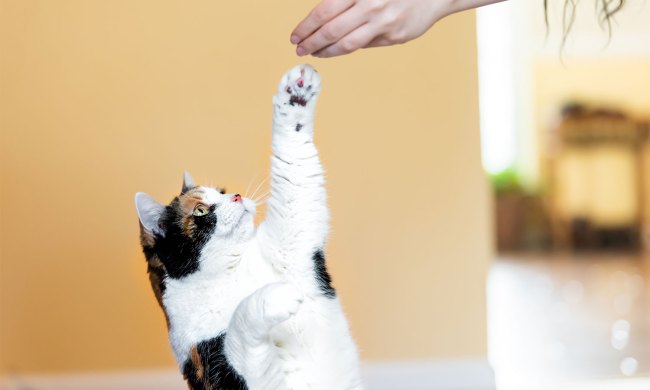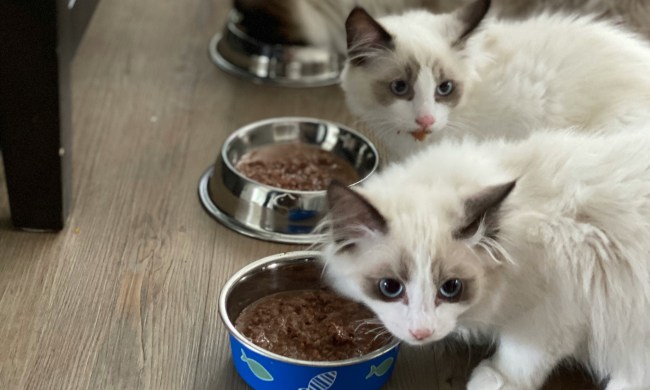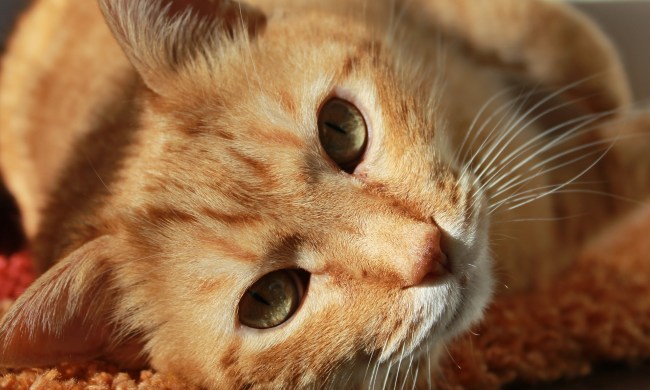We associate dogs with specific breeds, each with various characteristics. Think friendly golden retrievers and adorably sassy Chihuahuas. Cat breeds are spoken about less, but there are more than 40 of them (and maybe as many as 100 or so). Kitties are more than merely “cats” or “long-haired” and “short-haired” cats.
As with dogs, understanding cats’ different physical and personality traits can help you choose the best feline friend for your family. Some breeds do best with veteran cat owners, while others are perfect for first-time kitty parents. Different breeds have varying tolerance levels for small kids and other pets in the home.
The good news? Burmese cats are generally friendly with humans and animals, making them an excellent choice for pet parents of all experience levels. We’ve only scratched the surface of this charming breed. Here’s what to know before getting a Burmese cat.
Burmese cat history

Burmese cats originated in Myanmar, formerly known as Burma (hence the breed name). Cat historians believe that Burmese cats were celebrated as sacred animals. While the Burmese cat’s ancient origins aren’t sure, experts credit Wong Mau as the “founding mother” of the breed in the U.S. Wong Mau was a cat brought to San Francisco in the 1930s by a sailor and gifted to Dr. Joseph G. Thompson.
Dr. Thompson matched her with a seal-point Siamese named Tai Mau and later with one of her sons, and the modern-day Burmese was born. Lilian France brought three cats to the U.K. in the 1940s to reintroduce the Burmese across the pond. The Governing Council of the Cat Fancy — essentially the American Kennel Club for cats in the U.K. — recognized the Burmese cat in 1952, with the International Cat Association following in 1979.
Burmese cat characteristics

No two cats are alike, even in the same breed. However, years of breeding allow us to make general statements about Burmese cats, including their friendliness toward children (and adults) and common health issues.
Physical characteristics
With a muscular, athletic build and a shiny coat, Burmese cats would be frontrunners for feline beauty contests if they existed. Here’s the 4-1-1 on this medium-sized breed’s physical traits.
- Length: Maximum of 18 inches
- Weight: Maximum of 14 pounds
- Lifespan: 10-16 years
- Color: Champagne, dark brown, blue, and platinum.
- Eye color: Gold
- Hypoallergenic: No*
No animal is entirely hypoallergenic. However, some cat breeds produce fewer allergens than others.
Health outlook
Burmese cats generally live long, healthy lives — up to around 16 years. Lifespan can vary, though. Every cat breed has a few common health issues. The Burmese is no exception. Potential issues include:
- Familial episodic hypokalemic polymyopathy. This genetic skeletal disorder can cause weakness and mobility issues. Reputable breeders will certify that a kitten’s parents were not carriers of the gene.
- Burmese head defect (BHD). This issue is also genetics, and sadly, fatal to kittens. BHD occurs when the cat’s face and skull don’t develop as they should.
- Primary glaucoma. An eye issue in both peepers can lead to blindness.
- Obesity. A healthy diet and plenty of play can keep these kitties in tip-top shape. The good news? Burmese are high-energy critters.
Personality
If you think all cats hide the moment you bring them home — never to be seen again — you’ve never met a Burmese. This breed is known for having friendly, charming personalities. Burmese cats are:
- Inquisitive
- Clever
- Good with children
- Friendly toward other pets
- Playful
- Social
- Affectionate
- Energetic
Burmese cats are so loving that they have been compared to dogs. They are moderately vocal — expect some chatter but not a constant stream of consciousness. Females generally act more dominant than males, which are typically content to cuddle in your lap as you watch Netflix.
Burmese cats likely descended from ancient kitties in the area now known as Myanmar. The cats are usually medium in size with short hair. Burmese cats can come in several hues, including champagne, dark brown, and shades of gray. While cats often get an unfair reputation for being aloof, Burmese cats are affectionate, loving, and generally good with children and pets in the home. They usually make great first pets and can live long, healthy lives up to about 16 years.
All the traits are general, though. You’ll want to know the specific Burmese cat you’re interested in before you’re able to adopt them. Going through a reputable breeder can help you learn more about the cat’s genetic line (and see paperwork noting that the kitty’s parents don’t have genetic issues that can plague the breed). A shelter or rescue will usually have information on the cat’s personality and preferences.




